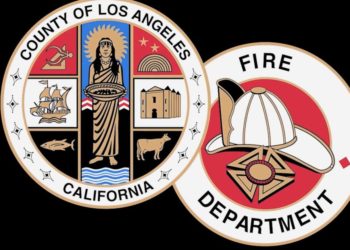 ” class=”css-dc6zx6 ey68jwv2″>
” class=”css-dc6zx6 ey68jwv2″>
Dear listeners,
This is Jonathan Mahler. I’m a staff writer at The New York Times Magazine and I have a new nonfiction book coming out next week called “The Gods of New York.” It’s about four convulsive and transformative years in the life of the city: 1986 to 1990.
The book begins with New York having just emerged from its infamous brush with bankruptcy in the 1970s. Wall Street was on a historic bull run, fueling a real estate boom embodied by the shimmering, 58-story Trump Tower on 5th Avenue. A new, immensely prosperous city was rising from the ashes of the fiscal crisis.
Beneath the surface, though, the foundations of the city were beginning to crack. The manufacturing jobs that had long sustained New York’s middle class were gone; so were tens of thousands of jobs in the city’s ever-shrinking government. Even as Wall Street was doling out billions of dollars a year in bonuses, around one-third of the city’s Black and Hispanic residents were living below the federal poverty line. Racial tension was simmering.
The story I tell covers the next four years, when New York confronted a cascade of social crises — crack, AIDS, homelessness, soaring crime — and a series of horrific and polarizing crimes that still resonate today: The killing of Michael Griffith in Howard Beach, Tawana Brawley’s rape accusations, the Central Park jogger case, the murder of Yusuf Hawkins. By the beginning of the 1990s, the city was an altogether different place.
This was also a seminal period for Black artists in the United States, many of whom — writers, artists, directors, actors, comedians, musicians — lived and worked in New York.
It was during these years that hip-hop, which had been born in the South Bronx in the 1970s, migrated into the cultural mainstream. It started as dance music, with D.J.s moving between turntables to extend the beats of songs, but in the second half of the 1980s, when D.J.s started rapping over the beats, it began evolving into something else, dovetailing with the political moment and the rise of a new Black nationalism.
The post 8 Early Rap Songs From a New York City in Turmoil appeared first on New York Times.




